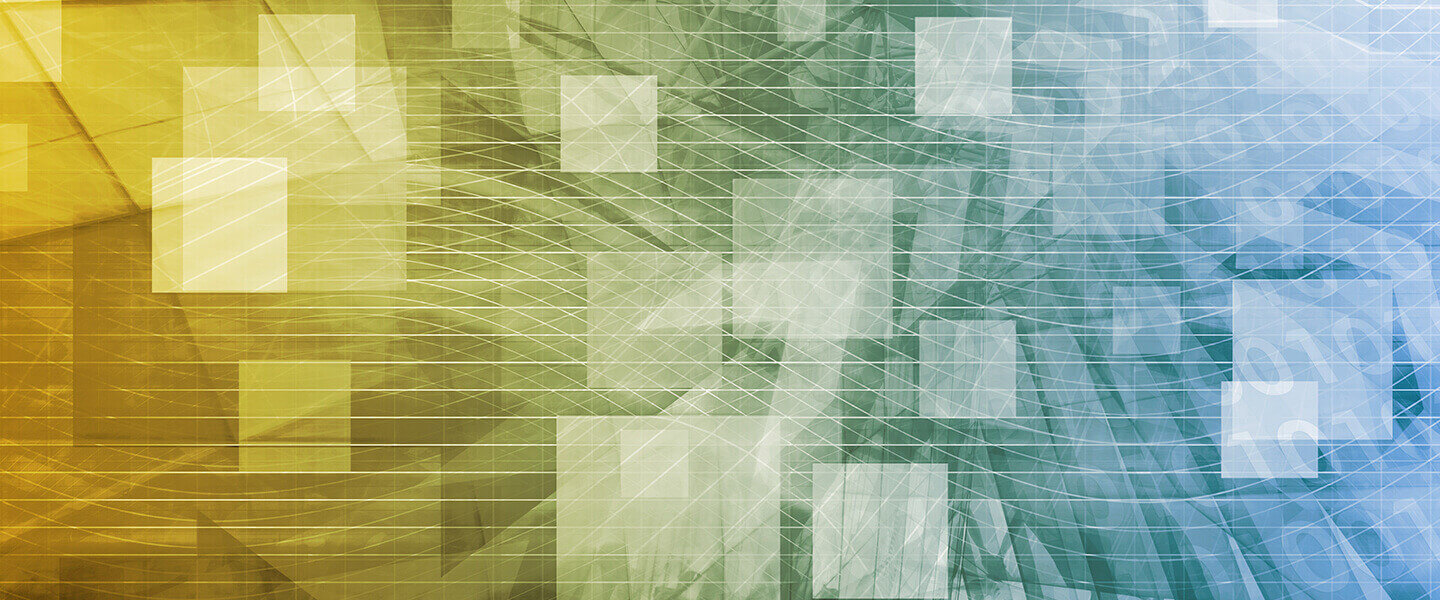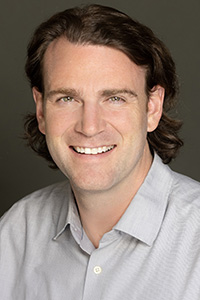Remarkable Improvement Rate Reported in Patients Who Received SAINT, an Experimental Non-Invasive Brain-Stimulation Treatment for Resistant Depression
Remarkable Improvement Rate Reported in Patients Who Received SAINT, an Experimental Non-Invasive Brain-Stimulation Treatment for Resistant Depression

With the help of BBRF grants, researchers are testing a new treatment for people with major depression who have not responded to existing treatments. The first report of its effectiveness is very encouraging.
Nolan R. Williams, M.D., Assistant Professor of Psychiatry and Behavioral Sciences at the Stanford University Medical Center, led a team that conducted a small, preliminary clinical test of a treatment protocol called the Stanford Accelerated Intelligent Neuromodulation Therapy (SAINT) for treatment-resistant depression.
SAINT is a new approach to delivering non-invasive brain stimulation to patients considered the most treatment-resistant—via a magnetic coil placed just above the scalp and focused on a precise spot in the brain. The results, based on an “open-label” clinical trial involving 21 patients, were published in the American Journal of Psychiatry.
Dr. Williams developed SAINT with the help of his two BBRF Young Investigator grants, received in 2016 and 2018. In 2019, he received BBRF’s Klerman Prize for Exceptional Clinical Research.
SAINT is optimized for each patient who receives it. It takes a total of 5 days to receive the full treatment dose. In the trial just reported, antidepressant effects were felt by most patients between days 2 and 3. By the end of the 5th day, when the treatment course was completed, a remarkable 90% of patients (19 of the 21) were in remission—they were no longer clinically depressed. Those who had reported suicidal thoughts prior to treatment no longer reported having such thoughts.
The treatment appears to have no serious or lasting side effects, the team said. Another cause for hope were observations made one month after treatments were completed. At this point, 70% of patients continued to experience an antidepressant “response”—defined as a reduction in initial symptoms of at least 50%.
The SAINT protocol developed by Dr. Williams and Stanford colleagues, including Alan Schatzberg, M.D., a senior team member who is also a member of the BBRF Scientific Council, is a refinement of a form of FDA-approved non-invasive brain stimulation called iTBS (intermittent theta-burst stimulation). iTBS has been validated in a number of clinical trials, including one led by 2010 BBRF Young Investigator Daniel M. Blumberger, M.D., of the University of Toronto. In iTBS, the patient receives the same “dose” of brain stimulation as in the first approved form of non-invasive brain stimulation, called rTMS (repetitive transcranial stimulation). rTMS was pioneered by BBRF Scientific Council member Mark S. George, M.D., in the 1990s, using BBRF grants. It was approved by the FDA for use in depression in 2008.
iTBS gives the same total amount of stimulation as rTMS over a full course of treatment (6 weeks), but each treatment session is much shorter: 3 minutes compared with 37 minutes in rTMS. Dr. Williams, who studied with Dr. George, wanted to test the hypothesis that iTBS could be more effective if considerably more total stimulation were given over the course of treatment; if multiple treatment sessions were given in a single day; and if the entire course could be completed in just 5 days instead of 6 weeks.
Dr. Williams also wanted to see if he could optimize the targeting of the iTBS stimulation in SAINT in each patient, individually, to boost its effectiveness. This was done by giving each patient a functional brain scan prior to treatment, to identify in each individual the precise location of the point in the brain that SAINT’s stimulation would target: a spot in the dorsolateral prefrontal cortex (DFPLC) that would in turn have the largest possible impact on the functioning of another brain regional called the sgACC (subgenual anterior cingulate cortex). Impacting the sgACC, in turn, is thought to reduce its hyperconnectivity with a third entity in the brain, called the Default Mode Network (DMN), which has been linked with depression symptoms.
The team wanted to target stimulation on the precise spot in the DFPLC that has the greatest functional effect on the sgACC. But each person is slightly different. Brain scans enabled the team to find the precise spot in each individual.
Dr. Williams also theorized that severely depressed patients most resistant to treatment would do better if the intervals between iTBS session were radically decreased and the total number of sessions were substantially increased. This was accomplished by reducing the interval between sessions, termed the “intersession interval” (ISI), from 24 hours to 50 mins. This timing is based on research that has given rise to what is called “spaced learning theory.” The reduction in the intervals between iTBS sessions actually allows for a substantial increase in total dose per day, Dr. Williams explains, and in the reduction of the number of days of stimulation to just 5 days. In short, the idea behind SAINT is that patients who weren’t being helped by conventional rTMS or iTBS were not receiving enough stimulation quick enough in the FDA-approved protocols to reduce their depression.
While greatly encouraged by results of the published trail, Dr. Williams and colleagues caution that SAINT must be tested in much larger groups of patients. Future trials must also be randomized and placebo-controlled—unlike the just-reported trial. When patients and doctors know that all patients are getting treated, there can be no measurement of the “placebo effect”—which occurs when trial participants getting a placebo or inactive treatment still report an improvement in symptoms. The placebo effect has been as high as 30% to 40% in some clinical trials of antidepressant medicines.
If the preliminary success of SAINT is replicated in future trials, Dr. Williams, says, it might help to transform the way refractory, severely depressed patients are treated on an inpatient basis—often in crisis situations. SAINT is non-invasive, in contrast with electroconvulsive therapy (ECT), and has no known impacts on cognition, unlike ECT. Compared with conventional rTMS or iTBS, SAINT can be delivered in only 5 days, making it, effectively, a rapid-acting antidepressant therapy for those who respond to it. “We’ve got something that works in 5 days,” says Dr. Williams. “We’ve tested it on inpatients, and we’re now working on data that will assess how SAINT works in acutely suicidal patients.”



